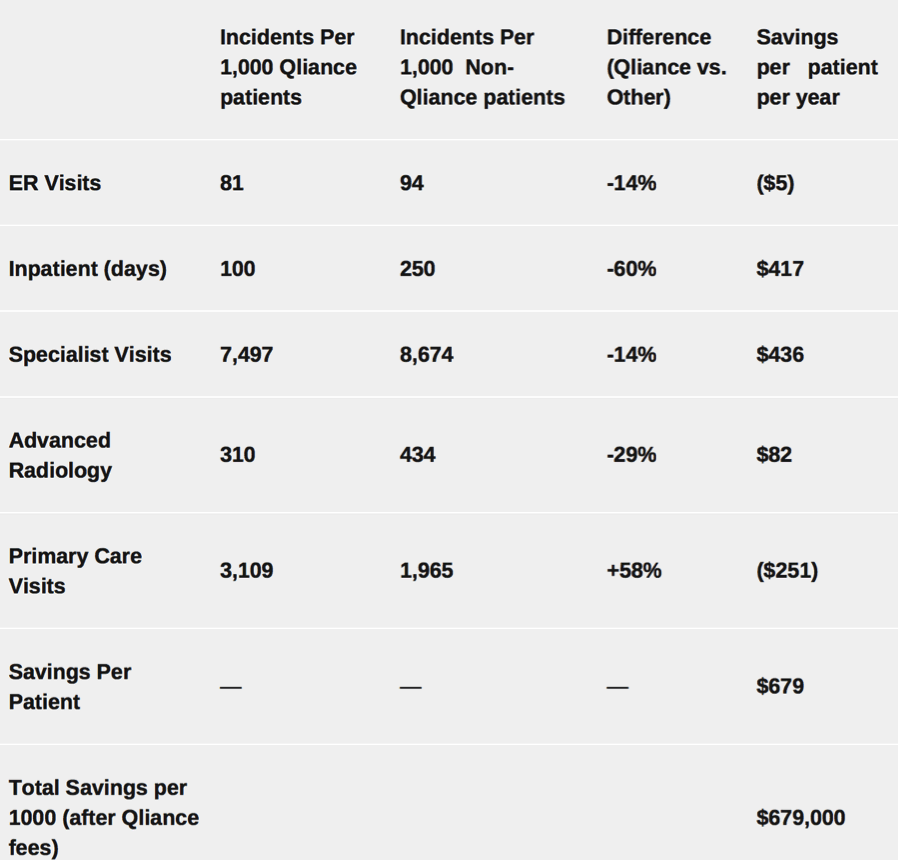Medical providers will tell you that about 75 percent of health care can be provided in a primary care setting. Yet rising health insurance premiums and narrower networks are making it a burden for patients to access basic health care.
More primary care doctors are responding to this growing frustration by establishing their own direct primary care (DPC) practices. In lieu of accepting insurance, physicians grant patients 24/7 access to preventative health care in exchange for age-based monthly payments ranging from $25-$85.
But since Obamacare requires everyone to purchase health insurance, many question why anybody would be willing to pay twice for health care.
Dr. Patrick Rohal, a DPC physician whose practice is located in Pennsylvania, articulates why:
When you have health insurance, you are already paying twice. The first time you pay is when you (or your employer, or the government) pay your premiums, and the second time is when you pay anything in addition to those premiums, like copays, prescriptions, etc. Direct Primary Care is a way to decrease how much you shell out for the second payment, while providing high quality, easily accessible primary care to boot.
Allow me to illustrate this with a real life example. A friend of mine was jogging one day recently, and he cut his leg while trying to hop over a guardrail to avoid a deep puddle. He went to the ER. The ER doc did a skillful job stitching up the wound, and the insurance company, a few weeks later, did a skillful job of handing him a bill for $1800! (Alas, he had a high deductible.) My friend had no way to predict, nor to control, the costs adding up as his leg was being mended in the ER. In CovenantMD, the total bill for the procedure would have been $70 paid at the time of service, a price he would know before hand, as he would have already known that it costs $50 for me to come in after hours, and another $20 to do stitches.
I’ve mentioned in previous newsletters how DPC is a win for both patients and physicians. It’s also beneficial for employers and the State.
Employers:
While a majority of direct care takes place in a small practice setting, there are DPC networks that specialize in contracting with large employers. One of the most established and successful ones to date is Qliance. Located in Seattle, Washington, Qliance’s clients include Amazon and Expedia, Inc. These self-insured corporations extend the option for their employees to seek preventative care through Qliance. One of its clinics even operates inside Expedia’s headquarters.
A review of two years of health care claims data reveals that workers who opted to be treated by Qliance saved their employers 20 percent on health care expenses compared to employees who chose a different provider. The chart below illustrates that an increase in direct care visits led to a reduction in specialist referrals, emergency room visits, and inpatient days:

State:
Health policy wonks like to throw around the "value-based health care" buzzword a lot. What this essentially means is that commercial and public payers like Medicare and Medicaid are shifting more towards reimbursing providers based on patient health outcomes rather than the volume of services they render. In fact, the Centers for Medicare and Medicaid Services (CMS) plan to link 85 percent of Medicare payments to quality or value by 2016. North Carolina’s recently passed Medicaid reform also focuses on value-based health care in which managed care insurers and hospital networks will contract with the state to be responsible for improving Medicaid patients’ overall health within a defined budget.
DPC is the epitome of value-based medicine, and it has the potential to help North Carolina slow the growth of wasteful health care spending. The model is similar to managed care contracts in the fact that these practices are held accountable for continuously monitoring and treating their patients with their operating revenue — a majority of it derived from capitated membership payments. A key difference between managed care contracts and DPC, however, is that DPC isn’t bogged down with ungodly amounts of third party paperwork.
For the DPC model to remain unchanged yet still cater to Medicaid patients, it would be ideal for the state to administer health savings accounts (HSAs) or debit cards to eligible Medicaid patients with a lump sum contribution. That way, there would be no middleman intervention between the physician and patient.
Click here for the Health Care Update archive.
You can unsubscribe to this and all future e-mails from the John Locke Foundation by clicking the "Manage Subscriptions" button at the top of this newsletter.


